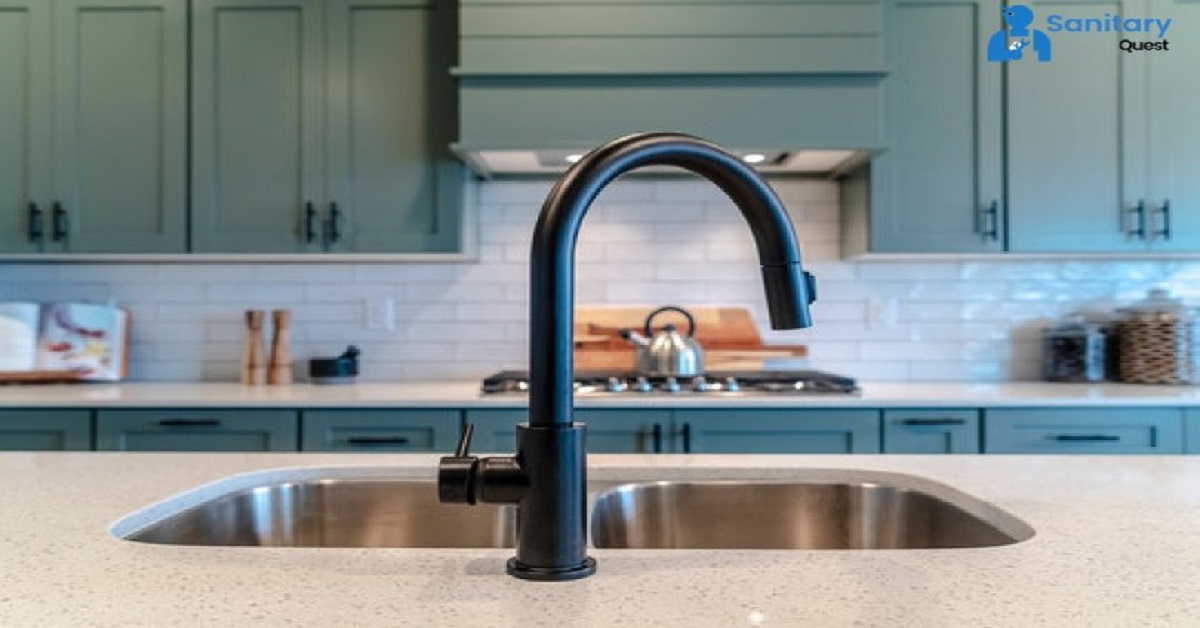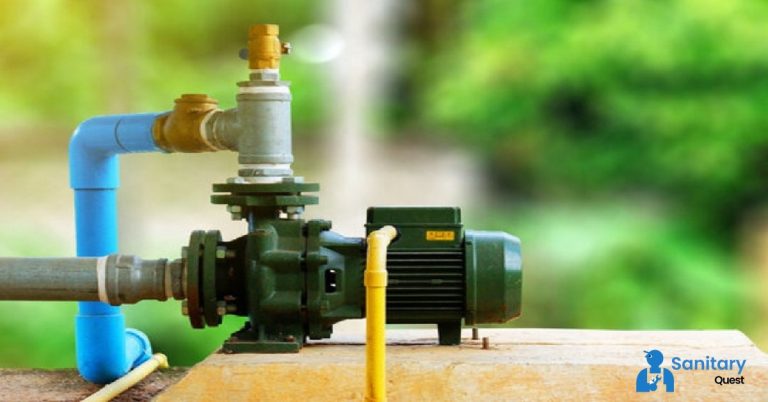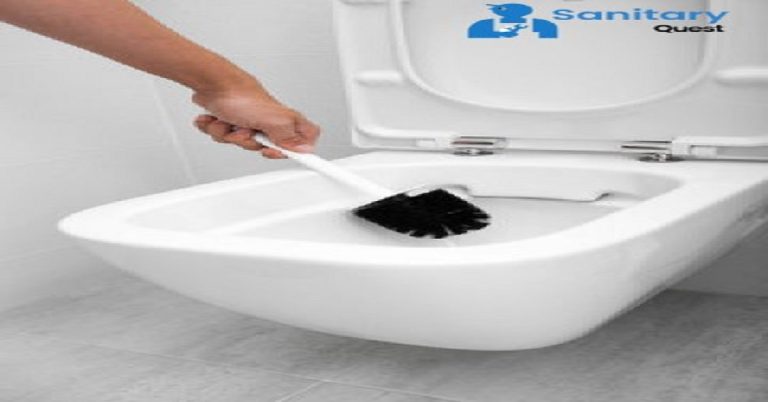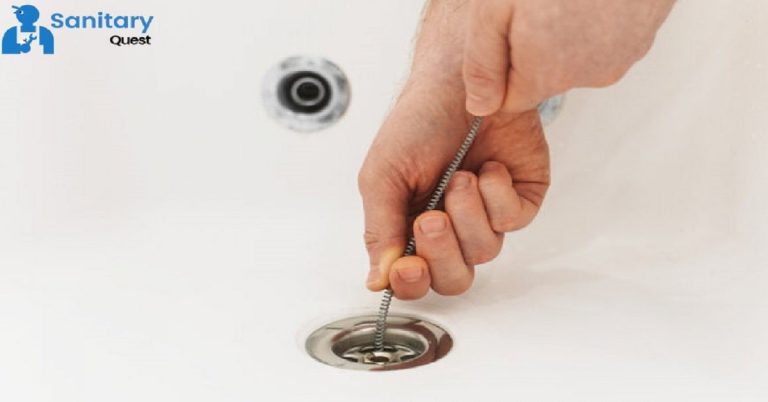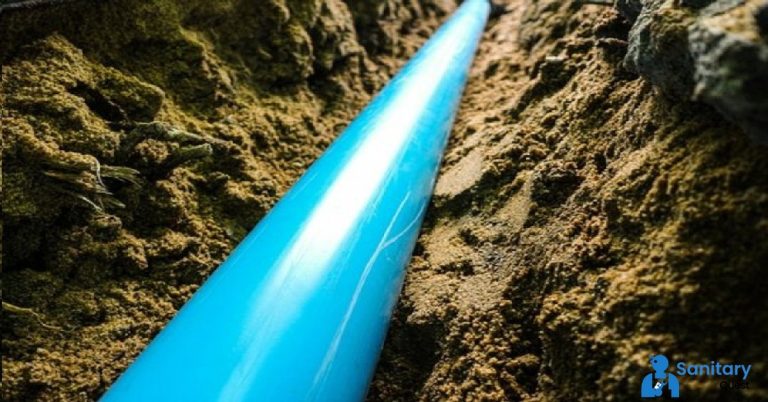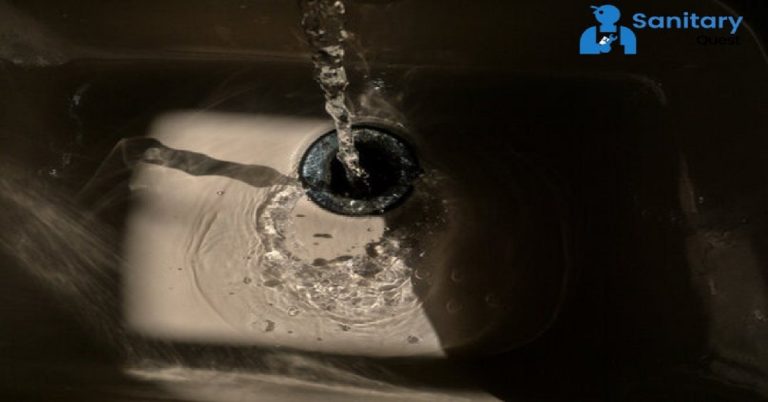The Four Kinds of Sink Faucet
Have you noticed that each faucet you use appears to operate and look a bit differently from the last one you used? There are four primary varieties of sink faucets, and each one has a unique set of benefits as well as drawbacks. In this post, we’ll take a closer look at the four different kinds of sink faucets so that you may make a more educated choice about which one to buy for your house when the time comes.
Compression Sink Faucets
Washers are used to form a watertight seal in this type of sink faucet, which is the earliest and most common type. The knobs for the hot and cold water on compression faucets are separate and may be adjusted independently. Untightening the handles in this manner will allow water to flow freely. The more you loosen the connection, the more water will leak. Simply turning the handles clockwise will stop the flow of water. Each handle on a compression faucet is attached to a stem assembly made up of a screw and a washer on top. This stem assembly is located at the base of the faucet. As you rotate the handle clockwise, the stem assembly descends into the valve seat. This is the point from which water flows into the faucet. When the stem assembly is lowered, it causes the washer to be forced into compression, which results in the creation of a seal that stops water from leaking out. When the faucet is opened, the washer is lifted off the valve seat, creating space for water to flow through.
Ball Faucets
Ball SInk faucets are quite similar to compression faucets; however, rather than using washers to regulate the flow of water, ball faucets employ a revolving ball that contains a hole in the center of it. This arrangement of balls is known as the lever ball assembly, and it may be found within the body of the sink faucet. One more difference is that ball faucets have one handle that controls both the hot and cold water outlets at the same time.

The ball has a network of chambers and slots that are all linked to the same supply line of water. When you turn the handle, the slots realign themselves with different paths that either let water through or stop it from doing so. The handles on ball faucets are able to spin both up and down as well as from one side to the other, making them very simple to use. The majority of the time, you’ll find them in kitchen sinks.
Cartridge Faucets
The handle of a cartridge faucet has to be turned in a clockwise direction in order to allow water to flow. They remove it and replace it with a hollow metal cartridge designed to fit inside the sink faucet and control the amount of water that comes out of it. They remove it and replace it with a hollow metal cartridge designed to fit inside the faucet and control the amount of water that comes out of it. This cartridge controls the flow of water coming out of the faucet. A cartridge is located within the body of the faucet, and it is this cartridge’s job to regulate the amount of hot and cold water that is released. If you check inside the main body of the sink faucet, you should be able to discover the cartridge. When the handle is pushed to the open position, which turns on the water, the cartridge goes forward, which permits the water lines to be turned on. This takes place when the handle is shifted to the open position in order to start the water flowing.
Disc Faucets
The disc faucet represents the latest type of faucet available in the market. Unlike compression faucets, this type does not utilize washers. In addition to being more long-lasting, disc faucets also have a broader spout than compression and ball faucets. Similar to ball faucet handles, disc faucets feature a single handle that can move both vertically and horizontally.
Despite the fact that they do not have as much range of motion as the ball faucets, they are still quite convenient. Their design, which consists of a single lever and is very understated and fashionable, is how you can recognize them. The body of a disc faucet is outfitted with two ceramic discs, making it a disc faucet. The upper disc is free to move while the bottom disc is immobilized, yet both may be moved by the handle.
When the handle is turned, the upper disc moves away from the bottom disc, producing a gap between the two of them. The water is able to flow through the faucet thanks to the gap between the two. If you move the handle in the opposite direction, the discs will close, which will prevent water from flowing through. The four most common varieties of sink faucets are as follows: When you know the specific model of the sink faucet, it is much simpler to track down new components and, if necessary, have the sink fixed. Take a look at the pictures up top if you are unsure about the kind of sink fixture that you have installed in your home. You may also visit a hardware store or a store that sells plumbing supplies and bring in a sample of your faucet; the employees there will be able to assist you.
FAQs
Q1: What are the 4 kinds of faucets and what does each kind involve?
There are four main types of faucets, each with its unique features and mechanisms. First, we have compression faucets, which are the traditional dual-handle faucets. They control water flow by tightening or loosening the handles, and when the handles are turned off, rubber washers inside compress to stop the water.
Q2: What type of sink faucet do I have?
To determine the type of sink faucet you have, observe its design and functionality. If your faucet has separate handles for hot and cold water and requires you to turn them multiple times to control the flow, you likely have a compression faucet. A single handle that moves in all directions, controlling both temperature and flow, indicates a ball faucet.
Q3: What is a sink faucet?
A sink faucet is a plumbing fixture specifically designed for delivering water to a sink. It typically consists of a spout, handles, or a lever for controlling water flow and temperature, and various internal mechanisms to regulate the water’s movement.
Q4: What are the various kinds of sink faucet connections?
Faucets for sinks can connect in different ways to make sure they work right. One common way is with compression fittings. These use a nut and a ferrule that gets tightened over a valve to keep the water sealed in.

